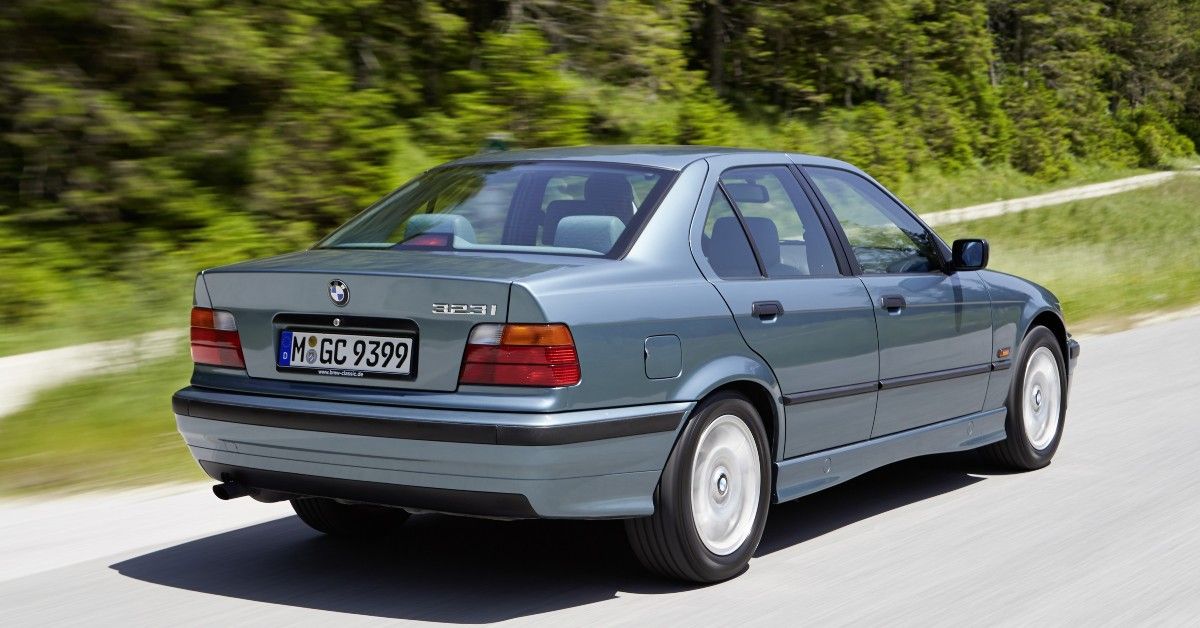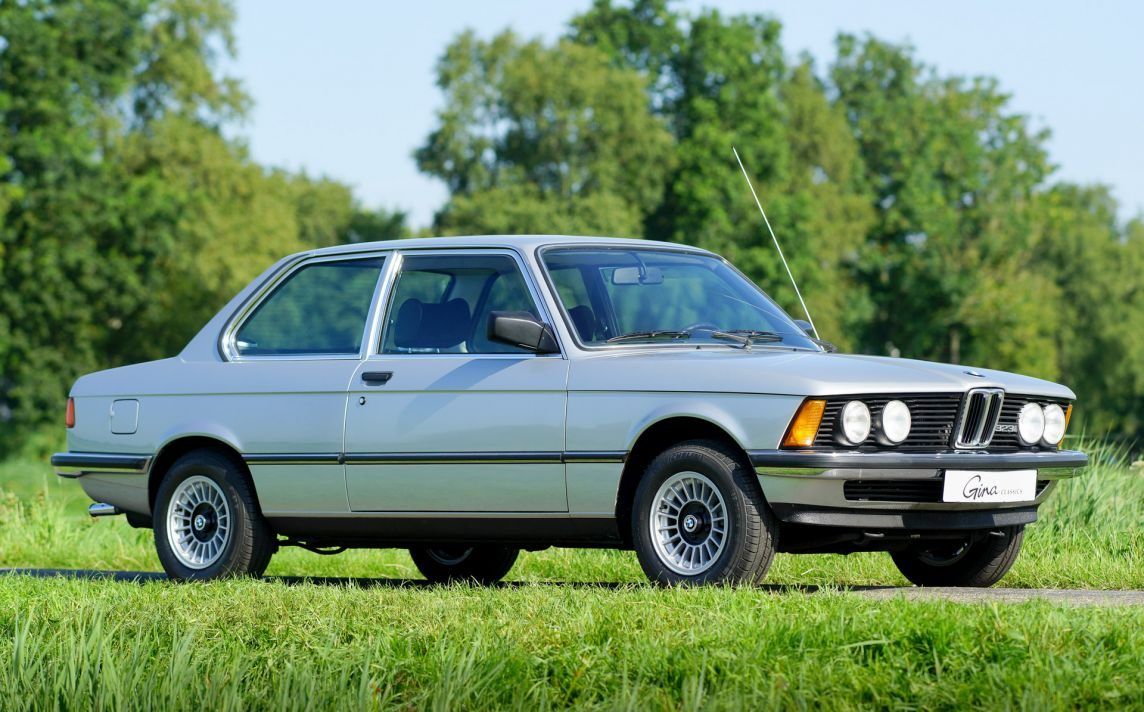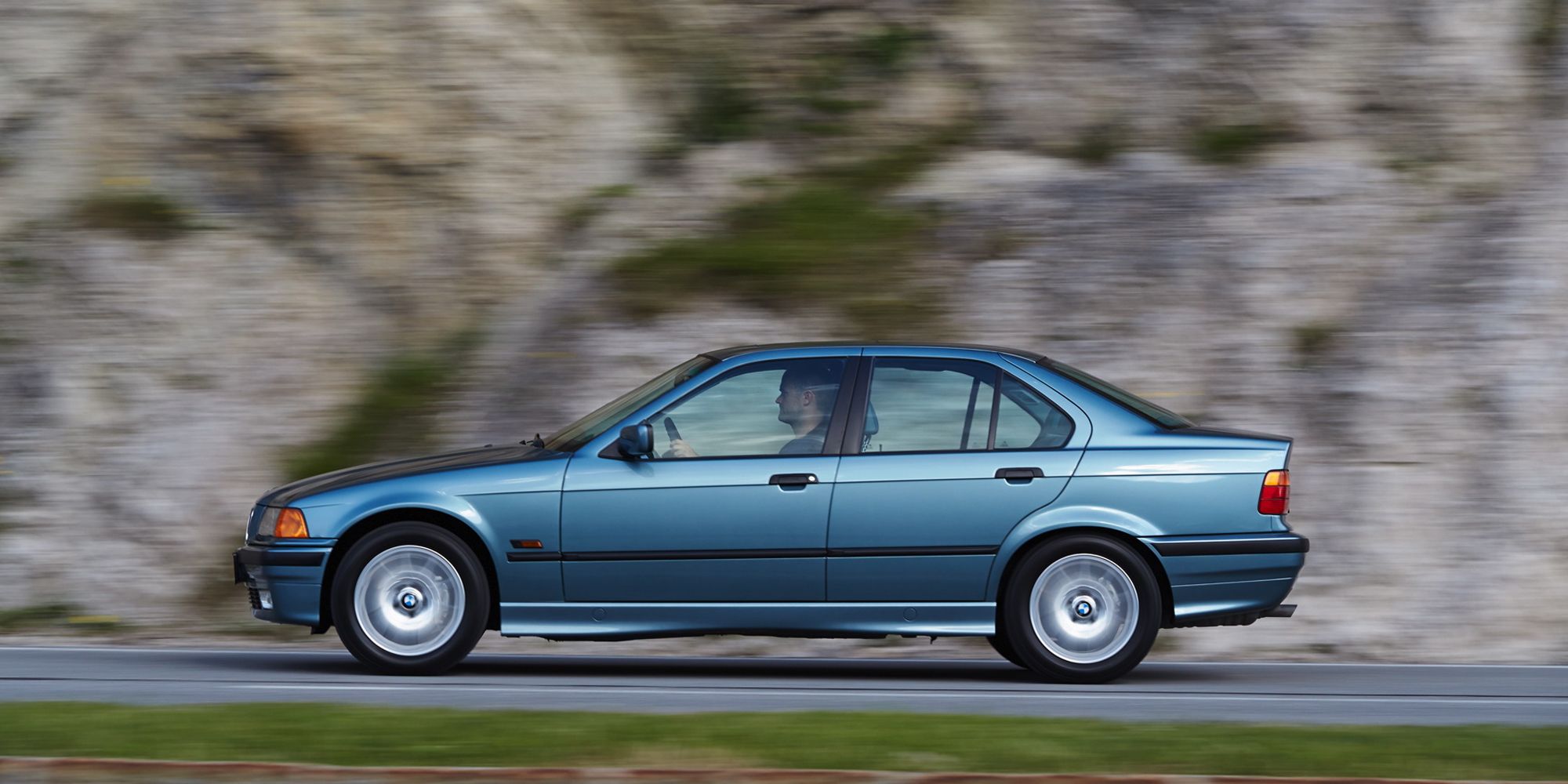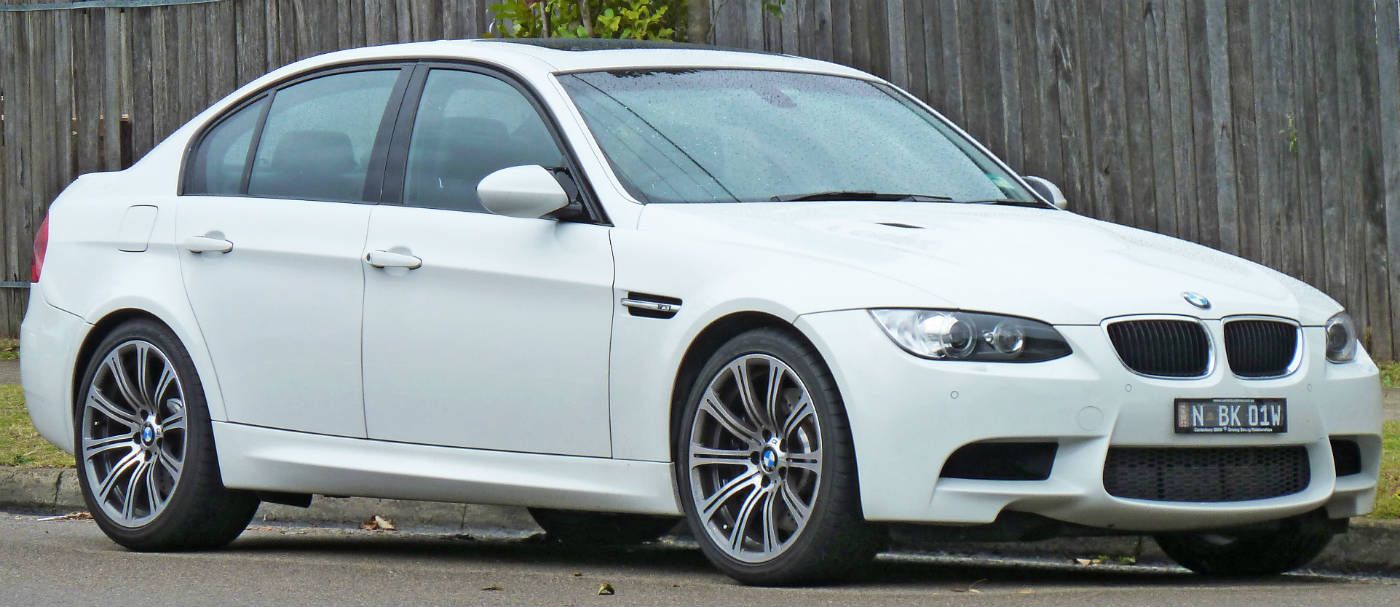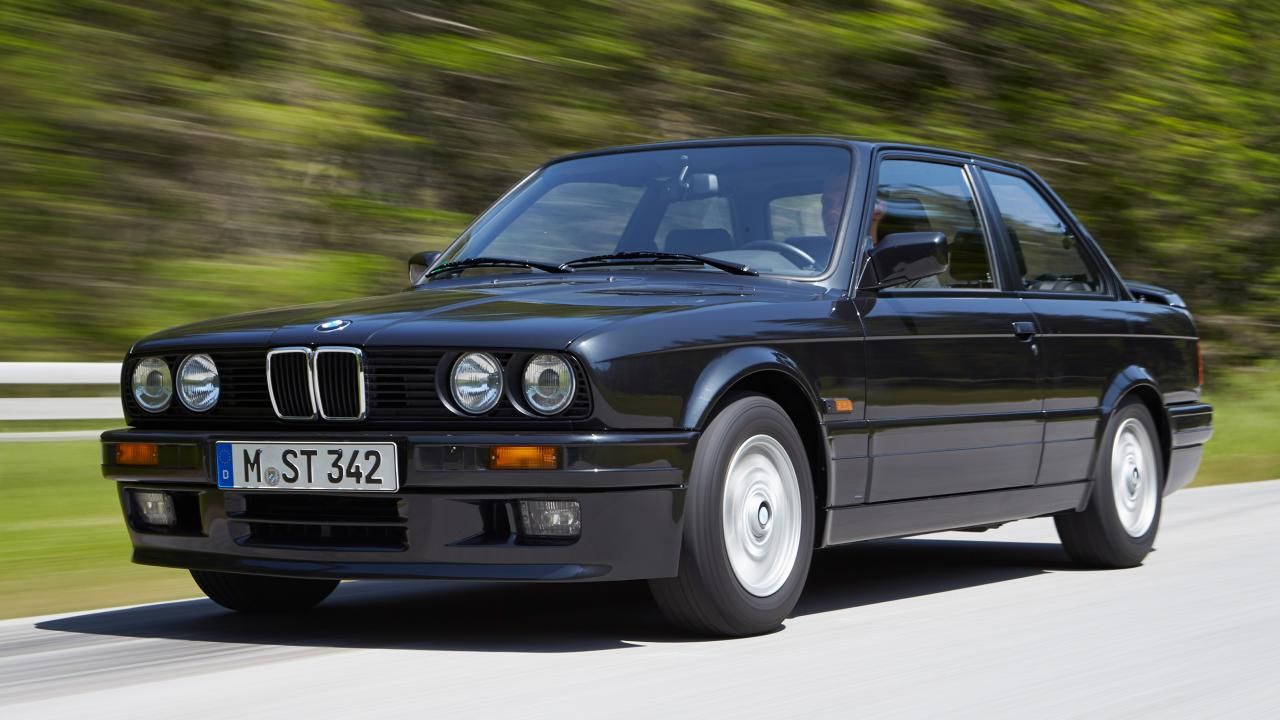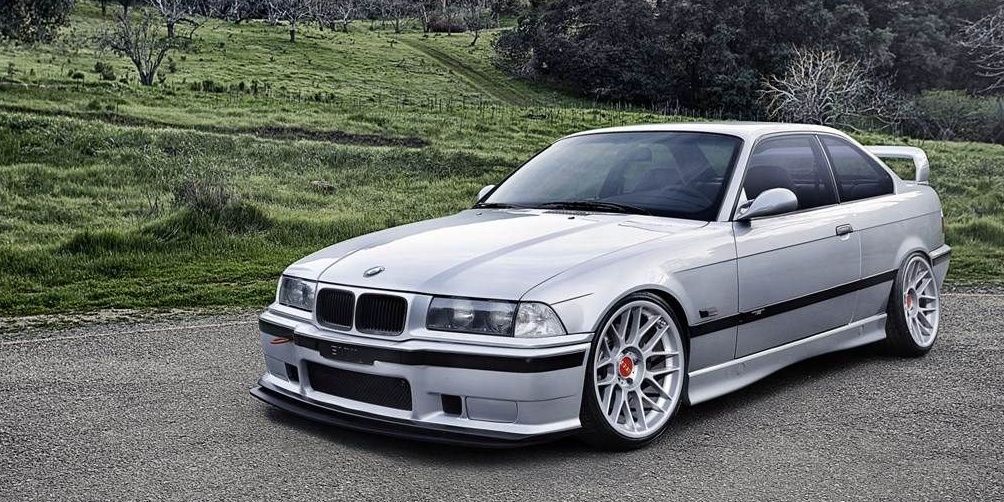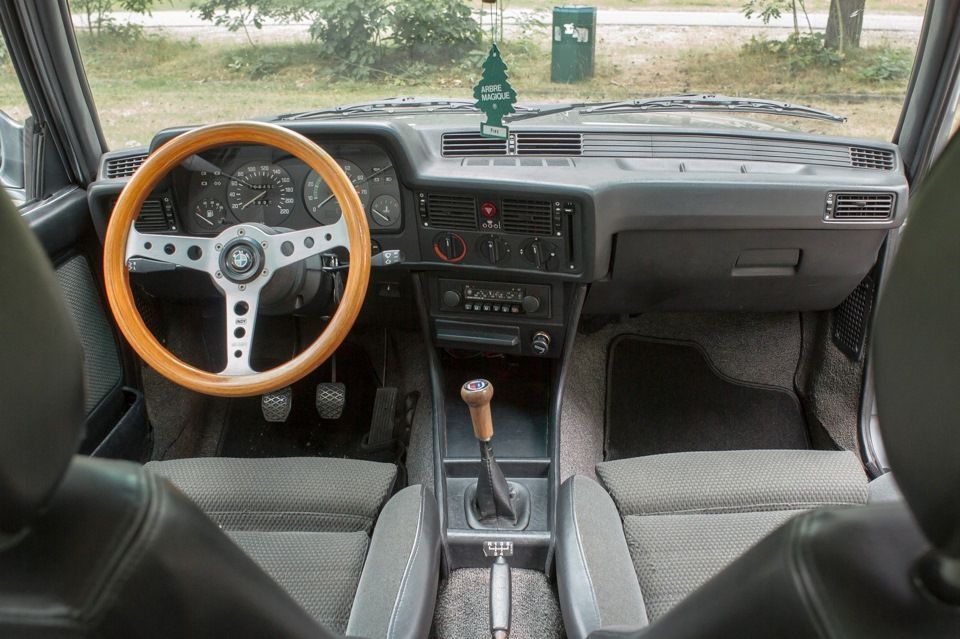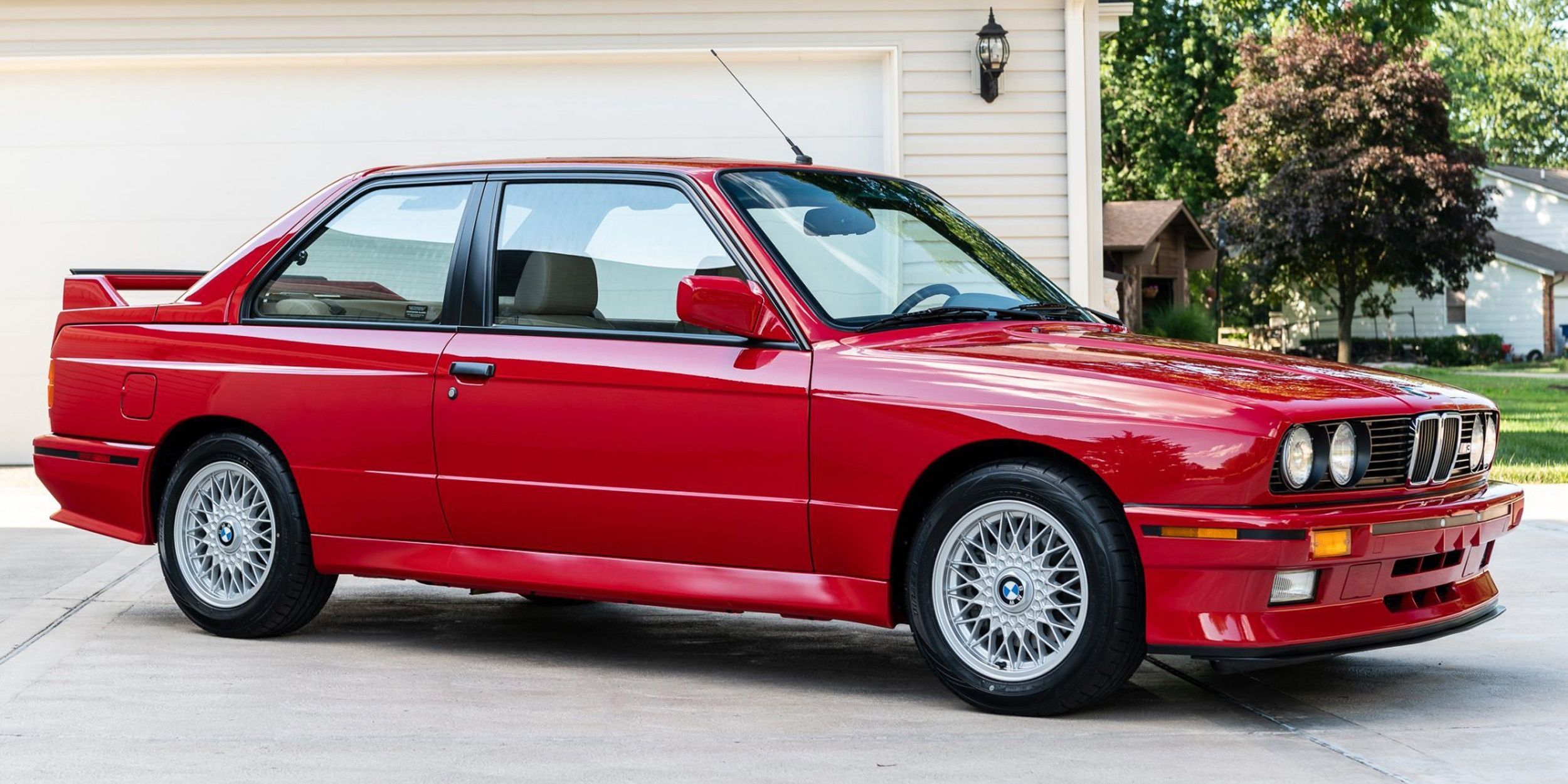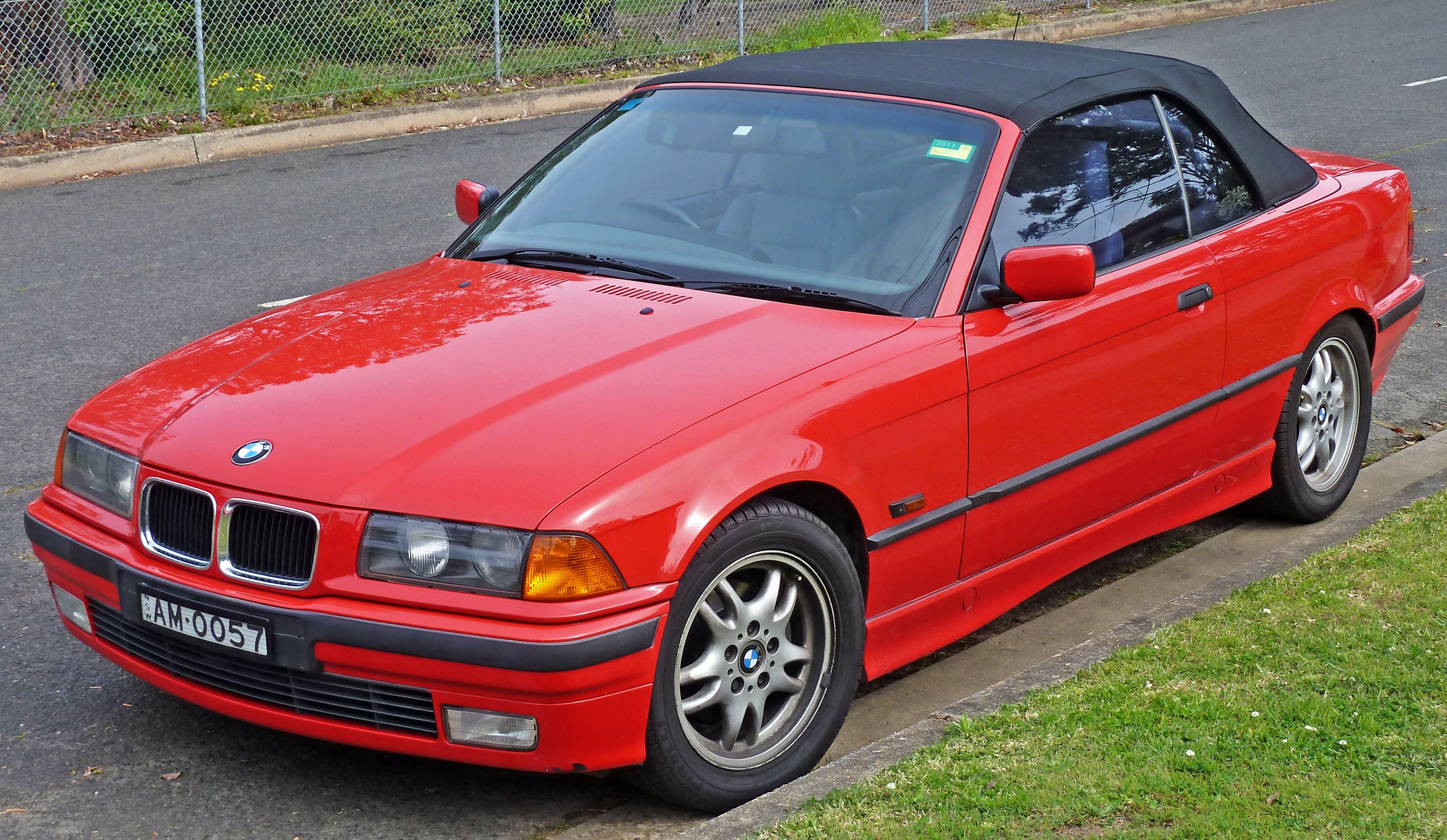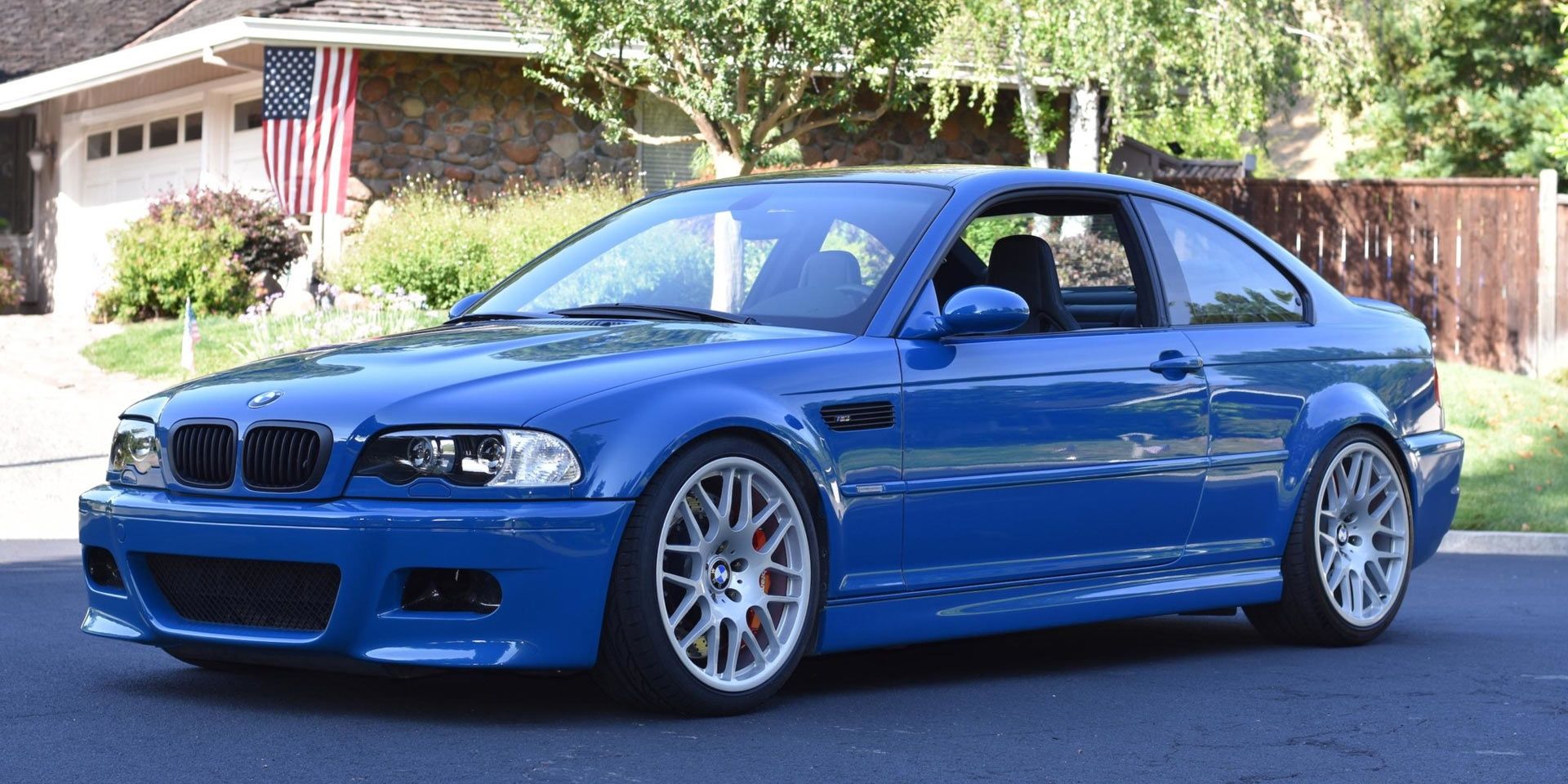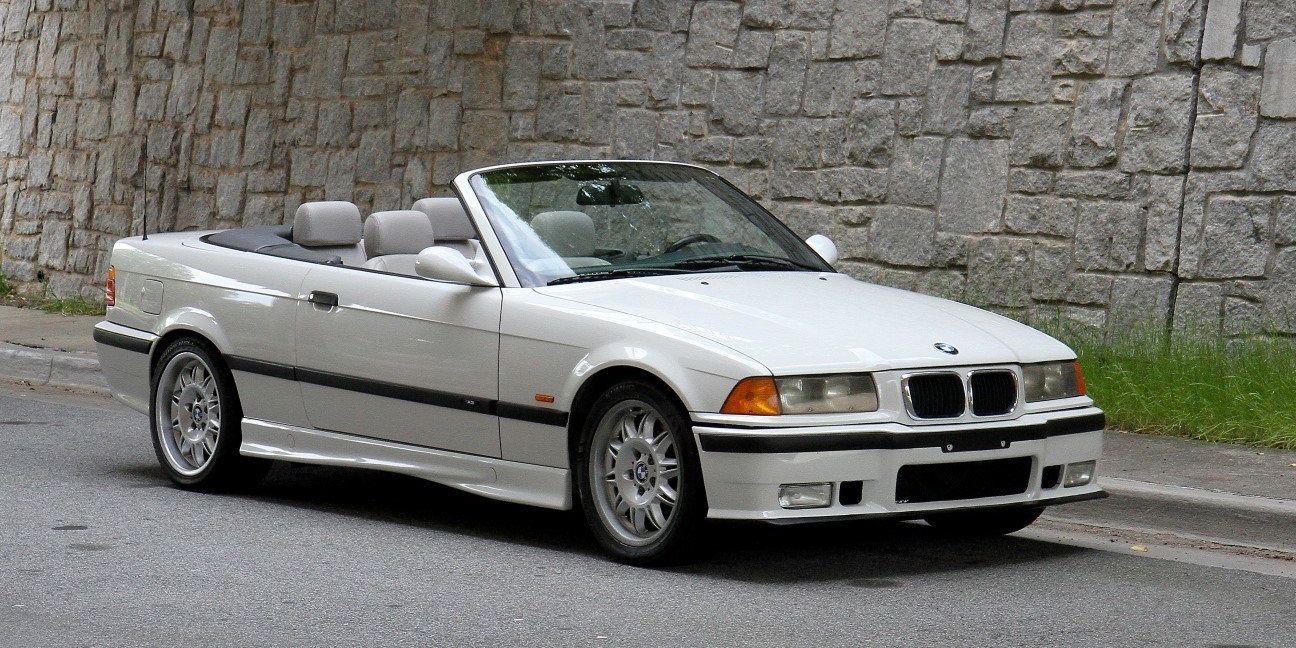The BMW 3-Series is a great car for those who are looking for "The Ultimate Driving Experience." It's a bridge between affordable fun and a taste of luxury. A wide range of tunes and parts can tailor a sporty sedan to fit nearly every enthusiast's needs. It's no surprise that it has cultivated a large following.
Even with the vast amount of forums, choosing the right 3-Series can be overwhelming. Currently, the E36 is selling for a reasonable price and offers relatively modern features while retaining the classic BMW look. Before buying, here's everything you need to know about the E36 and how it compares to other generations.
The BMW E36 is currently the sweet spot for classic retro styling, analog performance, modern comfort, and affordability.
Know Your 3-Series
Before getting into specifics, it's best to go through and explain the designation of each model and the years in which they were produced.
The first generation of the 3-series was released in 1975. It was to replace the 02 Series and increase the quality of BMW's entry-level car. It was designated the E21. They were all 2-door coupes, but cabriolets were manufactured through a company called Baur from 1978 to 1981.
The E21 was replaced by an updated 3-series in 1982, designated the E30. This is currently one of the hottest classic BMWs on the market. It was the generation that introduced the first M3 and was now available in a 4-door sedan as well. It's reign lasted until 1989 and was then replaced with a third generation.
This is where we meet the E36, the third generation of the 3-Series. This is the final year of the true analog BMW experience, a full taste of the ultimate driving machine. So if you value more modern comfort but still enjoy the analog feel and looks of a retro BMW, this may be your Goldilocks.
The following update is designated as the E46, this is when the 3-series becomes far more modernized. BMW added an extensive amount of tech to this generation to help bring it into the modern world. It was a short-lived generation, lasting from 1999-2006.
The two generations to carry on the next version of the BMW 3-series were the E90 and the F30. The E90 was sold from 2006-2010 and the F30 from 2011-2019.
BMW's naming scheme generally follows the pattern of three numbers, first to distinguish the series and second two for engine size. For example, 316 is a 3-series with a 1.6-liter engine. Several engine variants are offered in each generation, the larger typically is a two-liter or above, so 32X.
Power And Performance
The first generation of the 3-series didn't get an M3, but BMW still had a performance variant, the 323i, that made 141 bhp from the M20 inline-6 engine. The smallest engine offered in the E21 was a downsized M40 inline-4 that made only 74 bhp.
The E21 isn't known for its performance as much as it is its iconic design. Camber changes were causing snap oversteer due to the poor design of the semi-trailing arm type independent suspension at the rear. The E30 follows a similar suspension setup, known to cause a little bump steer, but is reviewed as being better handling than its predecessor.
The second-generation E30 gave the world its first M3. This high-performance model had 193 hp on its initial launch, by 1989 the S14 inline-4 was increased to 2.5L and made 235 hp. The BMW 316 of the time was making about 89 horses.
The E36 addressed the issue with the suspension on the previous two generations. Using the multi-link rear suspension that can be found on the Z1 Roadster. The Euro-spec M3 saw substantial horsepower upgrades in the S50 6-cylinder, going from 282 to 316 horsepower in a 1995 update. Due to regulations, the US didn't get the M3 until 1995 and it only made 240 hp. The US also didn't get the 6-speed manual that was offered in Europe, if they wanted a manual they were limited to the 5-speed. The 316i, BMWs first trim of the 3-series, made 98 hp from its 4-cylinder engine.
All-wheel-drive wasn't available for the E36, however, it was an option for both the E30 and it's successor, the E46.
BMW focused attention on getting the E46 to handle even better, making it 70% more rigid than its previous generation. The top of the line M3 made it to both American and European markets, a 3.2L inline-6 that made up to 341 hp. The 316i saw a slight power increase in 2001 to 115 hp out of its new N40 1.6L inline-4.
By the end of the fifth-generation E90 in 2013, vehicle performance had gone under a drastic increase. BMW switched over to a V8 for their first E90 M3 in 2007. The 4.0L V8, coded S65, made 414 hp and 295-lb-ft of torque. An M3 GTS variant was released in 2010 and made 444 hp.
Exterior And Interior
The initial launch of the 3-series carried over many of the looks of the previous 02 Series. The front end is dominated by BMW's signature kidney grille and big round headlights. For the E21, the 316 and smaller engines only had a single headlight on each side, whereas the performance models had two. The double headlights were carried over to the E30.
The interior of the E21 was one of the first to be driver-focused. BMW angled the center console and dash towards the driver. They also soften and rounded all of the edges inside, a subtle touch to increase quality and safety.
The interior and exterior of the E30 went relatively unchanged until the model went under a slight update in 1987. The update changed the rear lights, front bumper and reduced the amount of chrome. A station wagon was also added to the lineup during this update.
The third generational release of the 3-series introduced a thing called aerodynamics. The E36 is noticeably more wedge-shaped than its predecessors and the headlights were no longer circles. It takes on a far more modern look than the E30 while keeping the box-style of the 80s and 90s.
The interior of the E36 is still rather analog, as interiors were in the 1990s. Materials and leather quality take a step up from the last generation, as expected to keep with the times. It wasn't until the following generation that the interior gets a substantial technology update.
It was the E46 that took the BMW into the 21st Century. It included far more technology than the E36, such as satellite navigation, electronic brake-force distribution, rain-sensing wipers, LED headlights and a thing called the CAN bus system that allowed cars to communicate with each other. The exterior also became more rounded and continued to do so with each update to follow.
Affordability And Market Price
According to Bring A Trailer and Doug DeMuro's new website Cars & Bids, a person can get into an E36 M3 for under $20,000. The non-M models sell for less than $10,000. A reasonable price for a piece of automobile history.
The E30 market is hot right now, this M3 sold in December of 2020 for over $100,000. Many of the lower trims are still selling at least $5,000 - $10,000 above the more modern E36.
The E46 is also selling for a rather low price during the current market. There are several M3's available for under $20,000. Some of the lesser versions are going under $10,000. A good price, but also more technology to fail than an E36.
The E36 is currently the sweet spot for analog performance for a reasonable price. Due to the upgraded suspension and aerodynamics, it is a far better performer than the E30. Car and Driver placed it in the 10 Best every year it was on sale, so it carries credibility too.

